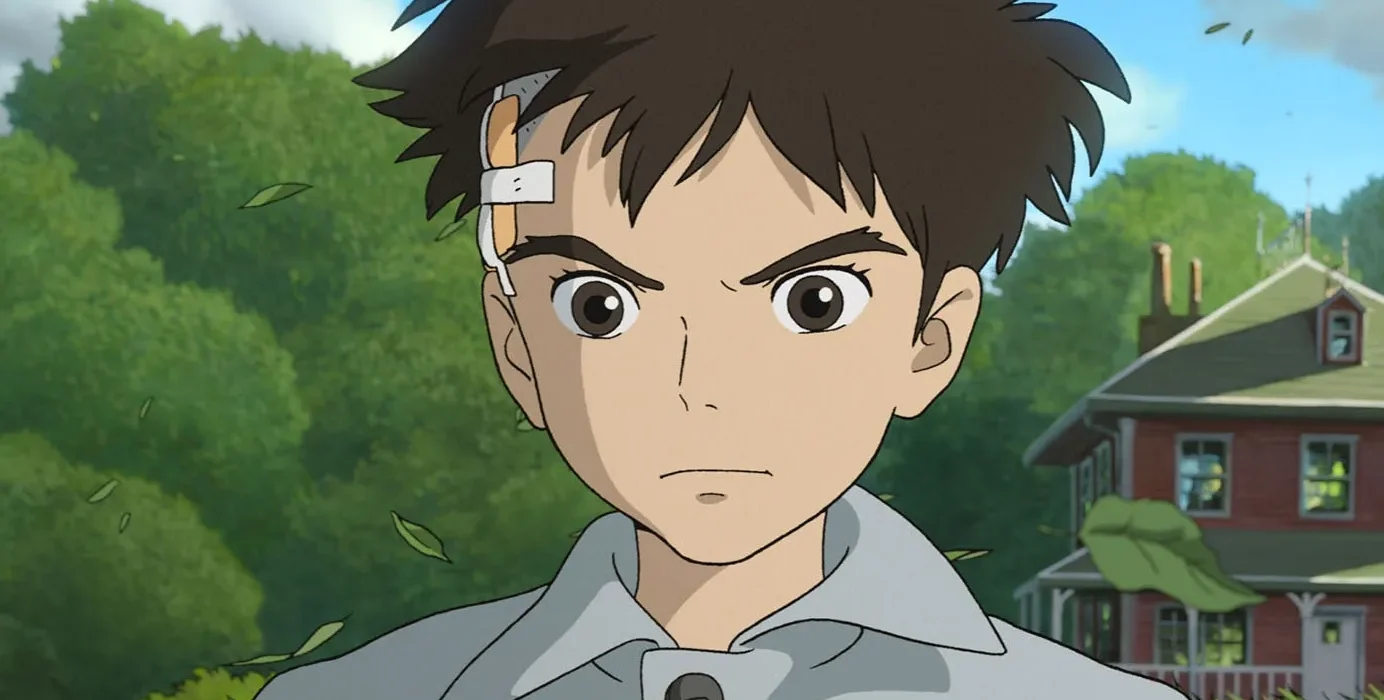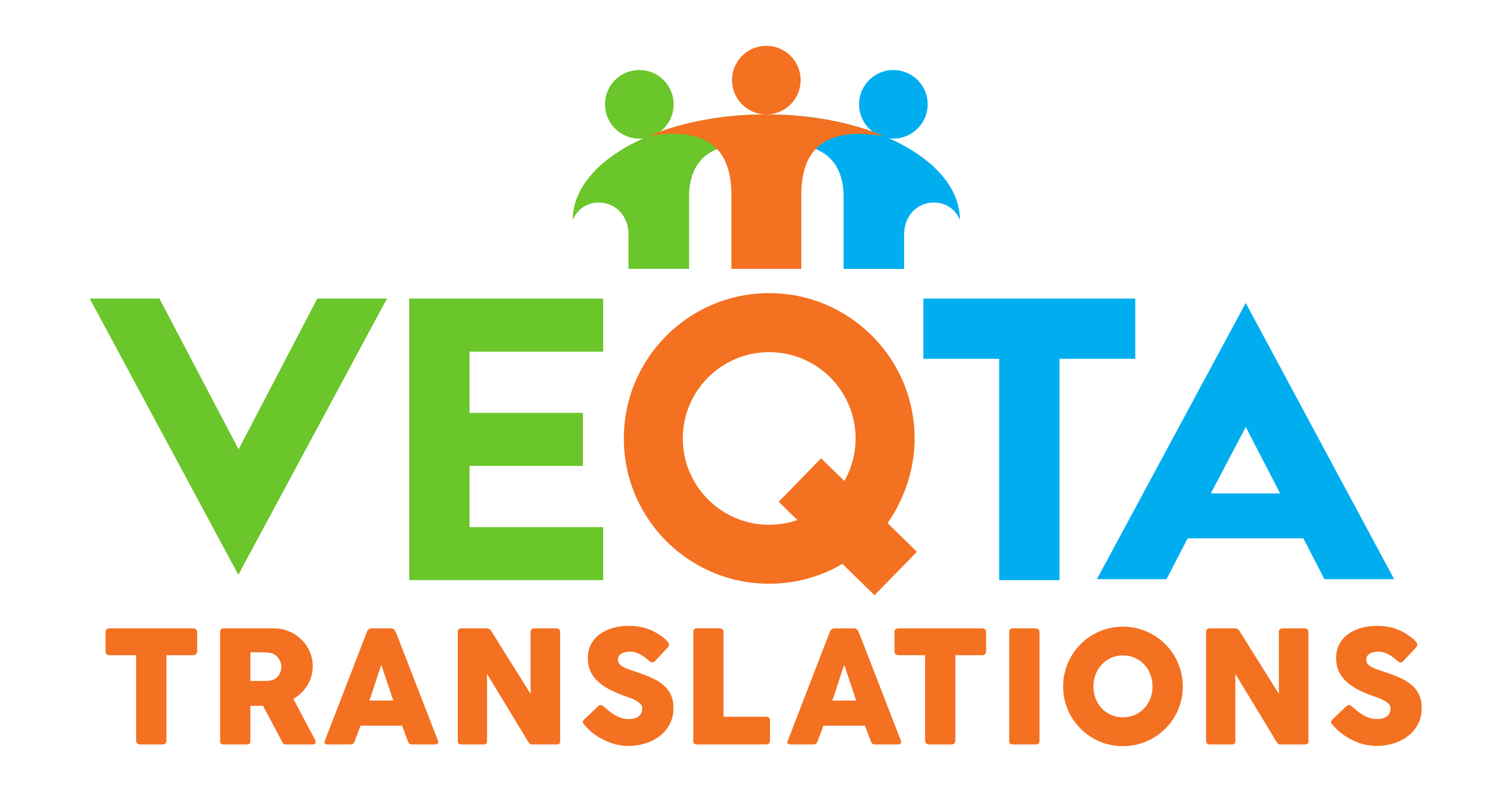Studio Ghibli’s films have enchanted global audiences for decades, capturing hearts not just in Japan but across the world. However, few realize that much of this magic owes itself to Japanese to English localization — the intricate process of translating emotion, humor, and culture without losing authenticity. From “Spirited Away” to “My Neighbor Totoro,” every localization decision shaped how English-speaking audiences experienced these masterpieces. This article explores five brilliant English adaptations that not only preserved Ghibli’s essence but elevated it, setting new standards for anime translation.
1. The Art of Emotional Equivalence
Rather than literal translation, Studio Ghibli’s English scripts prioritize emotional equivalence. Translators ensure that feelings—not just words—carry over naturally. For example, Chihiro’s dialogue in “Spirited Away” was adjusted to sound both vulnerable and brave, echoing Western storytelling rhythms without erasing her Japanese innocence.
2. Pixar’s Involvement in Localization
When Disney acquired distribution rights, Pixar’s John Lasseter oversaw Ghibli’s dubbing. This partnership ensured that translations aligned with cinematic emotion, not just linguistic accuracy. For instance, the line “I think I can handle it” in Kiki’s Delivery Service replaced a more formal Japanese expression, better matching Kiki’s youthful confidence.
3. “Spirited Away”: A Masterclass in Balance
The English localization team worked closely with Ghibli to retain Shinto references while simplifying dialogue for accessibility. They avoided over-explaining cultural nuances, allowing mystery and myth to remain intact — a key reason the film resonated globally.
4. Subtle Humor in “My Neighbor Totoro”
Japanese humor often relies on timing and tone. In Totoro, translators adapted Mei’s outbursts and Satsuki’s banter into English equivalents that preserved childish authenticity. The result: humor that felt organic, not forced.
5. The Linguistic Poetry of “The Wind Rises”
The English adaptation balanced technical aviation jargon with poetic dialogue. Translator Mike Jones retained the melancholy tone by prioritizing emotion over precision, ensuring the film’s existential weight carried across languages.
6. Cultural Preservation Without Overload
Good localization avoids “cultural flattening.” Ghibli’s translators preserved Japanese honorifics, food references, and folklore—without alienating English audiences. For instance, words like obento and susuwatari were kept to maintain texture.
7. Tone Adaptation in Voice Acting
Voice actors were trained to mimic emotional tone instead of just reading lines. This ensured continuity between visual expression and spoken emotion—a subtle but critical factor in localization quality.
8. Avoiding Literalism
Literal translations often strip emotion. Instead of “ganbatte,” which means “do your best,” Ghibli’s translators might use “You can do it!”—matching tone, not translation. Such small shifts preserve emotional truth.
9. Ghibli’s Global Standard for Anime Translation
These five case studies inspired global translators to treat anime as art, not text. The goal shifted from conversion to connection—bridging cultures through shared feeling.
10. Lessons for Modern Translators
Modern localization teams can learn from Ghibli’s focus on narrative tone. True translation isn’t word-for-word—it’s heart-for-heart.
Conclusion
Studio Ghibli’s legacy proves that translation is storytelling. By focusing on emotion, rhythm, and cultural respect, Ghibli’s English localizations transcended borders. Their example remains a gold standard for Japanese to English localization worldwide.
FAQs
1. What makes Studio Ghibli’s English translations so special?
They emphasize emotional fidelity and narrative rhythm over literal accuracy.
2. Did Ghibli work with Disney or Pixar for localizations?
Yes, Pixar’s John Lasseter supervised several English adaptations under Disney’s distribution.
3. Why are some Japanese words kept untranslated?
To preserve cultural authenticity and texture.
4. Is localization different from translation?
Yes. Localization adapts content for cultural relevance; translation focuses on linguistic accuracy.
5. What can other translators learn from Ghibli?
Balance precision with empathy—translate feelings, not just words.

Home
Blog, Localization, TranslationHow Studio Ghibli Translated Emotion — 5 Brilliant English Localizations that Defined Global Anime
How Studio Ghibli Translated Emotion — 5 Brilliant English Localizations that Defined Global Anime
Written by Lawrence Retales• October 16, 2025
Recent Posts
- Localizing Czech Tourism Campaigns for English Travelers: Language Lessons from Prague, Brno, and Český Krumlov
- 5 Czech Grammar Features That Complicate English Localization — And How Translators Resolve Them
- Translating Czech Legal Contracts into English: 5 Structural Differences That Create Risk
- From Praha to Portland: How Czech Startups Localize Apps and SaaS Platforms for English Markets
- How Czech Gaming Studios Localize Their Worlds for English Players: 6 Insights from Kingdom Come: Deliverance
Translation & Localization Services in Over 200 Languages

Copyright © 2025 - VEQTA Translations Pte Ltd
